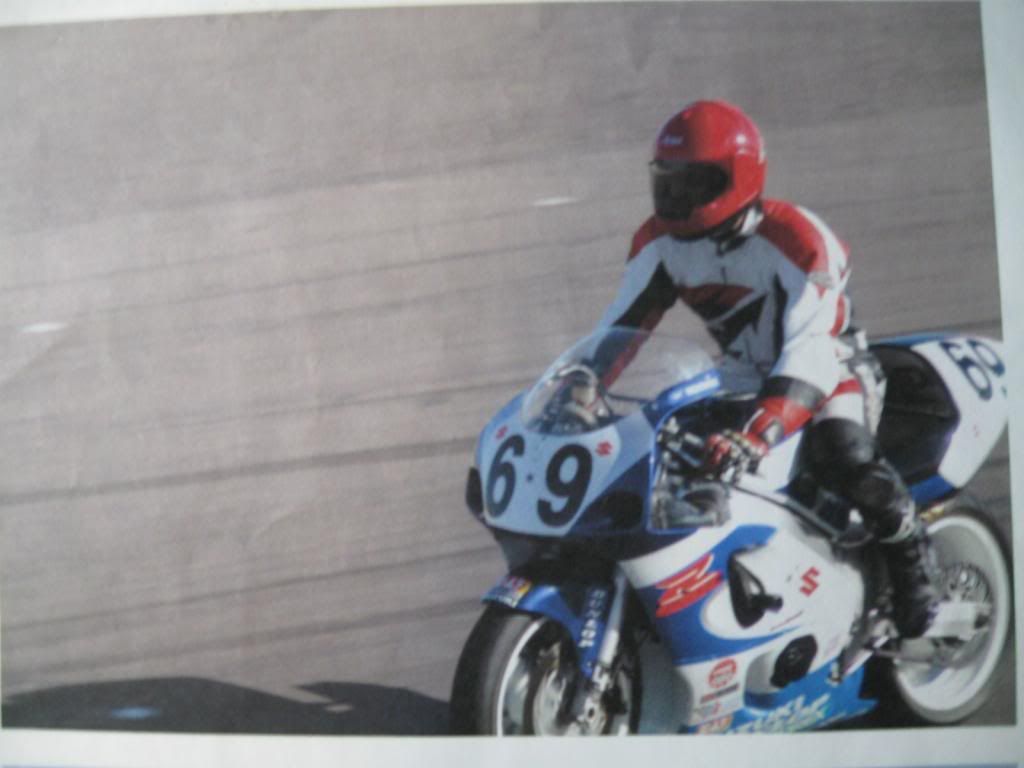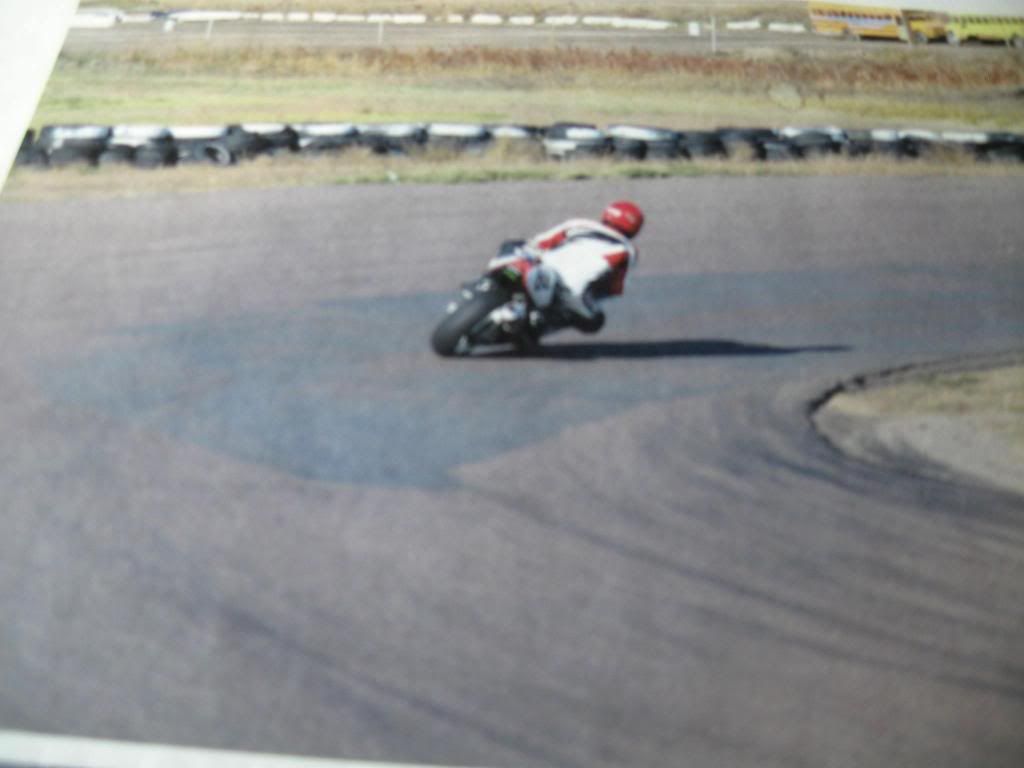Lots of good discussion here.
Skooter’s statement is a bold one, but one derived from being cupped and spoiled – as he said, once you’ve tasted the kool aid, it becomes the drink of choice.
It’s not just set up. It’s not just riding technique. Skooter didn’t wake up and forget how to ride. It’s how all these things react and interact with each other – the rider, his (or her) habits, technique, style, finesse – the bike, suspension age and mileage, how it’s been cared for and maintained, how it’s set up (properly or not properly). Technique is not the fix. Throwing cash at the suspension is not the fix. It’s a combo of the two. I view a tweak to riding style as being just as important tweaking the suspension; neither are the answer in and of itself.
Suspension work was something I had a hard time spending the cash on. If you step back and look at the bike from the perspective of how well it works over such a wide variations in load and road conditions. From solo to two up and loaded, with a top box, tank bag, and maybe even a rack on top of the trunk, it does an admirable job doing what we ask of it.
It’s when you reach towards the outer edge of this envelope does it start fade. I wouldn’t call it a failure, as everything has its limits. It becomes a matter of you don’t know what you don’t know. Ride a particular stretch of road, back to back, on identical bikes (save for suspension) and you will see a difference. The question becomes, how much does “better” cost and can I afford it.
For me, the revelation was fully in view a view years ago on a nice stretch frost heaved section of some splendid Kentucky back road we were following. The rest of the group had moved out ahead – solo riders or two up /w suspension work that could cope with the harsh road conditions. I hit a section that completely overcame the rear shock / spring – it was the ‘perfect storm’. I buried the center stand hard in to the asphalt with enough force that the resulting impact hit with enough force to shoot searing pain up and down my spine (I was just out of the recovery phase of lower back fusion). My legs went numb along with most of my right side. As I coast to a stop, rolling, waiting for enough strength to return so I could stop without falling over, it became painfully clear if I was going to continue to ride, I needed the kool aid. And the kool aid tastes very good.
Why is the bike under sprung and under dampened? Yamaha is not marketing this plate form as an R1. Many ride it like one. If my ’09 were sprung and dampened the way it is now right out of the box, there’d be a line of riders moaning about how harsh and uncomfortable it was.




















































